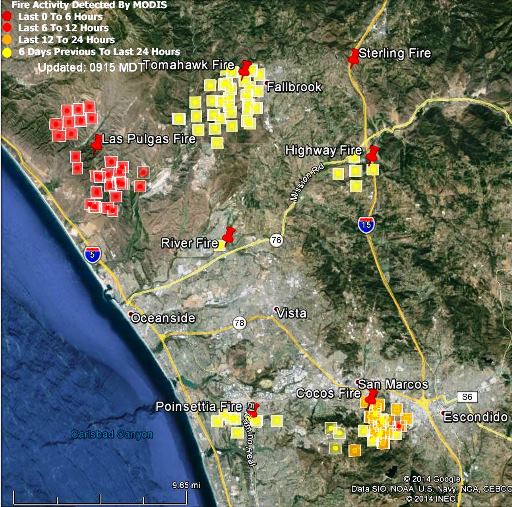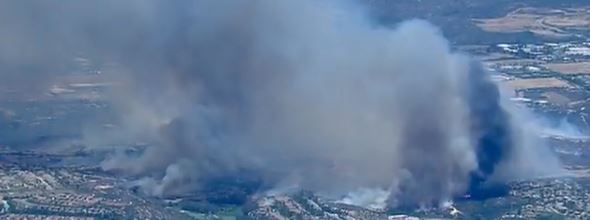Earlier this year we wrote about a new tool being used by at least 255 emergency management agencies in California and a few other areas that provides enhanced situational awareness for incident managers. Called Next-Generation Incident Command System (NICS), the developers describe it as “a mobile web-based command and control environment for dynamically escalating incidents from first alarm to extreme-scale that facilitates collaboration across [multiple] levels of preparedness, planning, response, and recovery for all-risk/all-hazard events.” It is a combination of tools, technologies, and an innovative concept of operations for emergency response.
Channel 10 in San Diego reported on one of the features of the system — real time video downlinking from an aircraft over the fire to firefighters on the ground. A video at their site covers the infrared and fire perimeter mapping features the system can provide.



